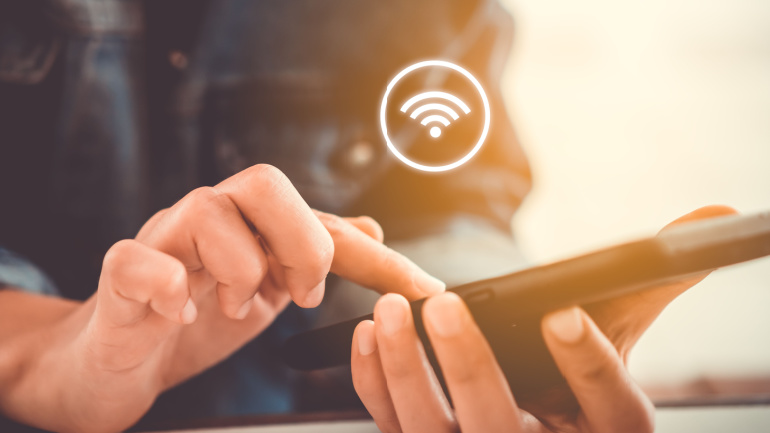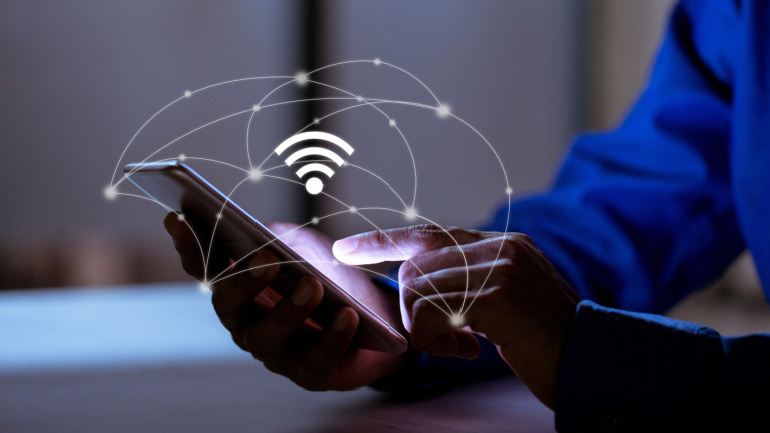Comcast is revolutionizing the world of telecommunication by introducing prepaid options under its new ‘NOW’ brand. The lineup, including wireless, fixed broadband, Wi-Fi and streaming TV, aims at maximizing affordability and ease of use. Despite Broadband being less explored due to required installation process and risk factors, Comcast’s ‘NOW Internet’ is geared towards the prepaid segment, including user-friendly design and affordable rates.
Virgin Media O2 (VMO2) has unveiled a groundbreaking service named ‘smart support’ aimed at automatically monitoring and resolving home network issues for broadband customers. Leveraging Cisco ThousandEyes technology, the innovative system will debut with 300,000 Virgin Media broadband users, with plans for a comprehensive rollout in the future.
Nokia’s revamped home wifi software suite, now known as Corteca, promises to revolutionize in-home connectivity management and user experience. This holistic solution boasts advanced features like Corteca Cloud for network management and Corteca Device Software for device administration. More intriguing is the upcoming Corteca Marketplace, offering ‘try-before-you-buy’ applications, potentially opening new revenue horizons. Despite the anticipation, the question remains – will this alleviate users’ connectivity woes and truly enhance their in-home broadband experience? Stay tuned as the story unfolds.
South Wales embraces Ogi’s full fibre network, bringing ultra-fast connectivity to underserved towns and villages. With speeds three times the Welsh average, Ogi’s cost-of-living offer provides six months of free service to new customers, enhancing satisfaction and local job opportunities.
Discover the Wireless Broadband Alliance’s proposal for a single operator-managed wifi architecture, aiming to streamline data collection, management, and optimization of home networks with a cost-effective, unified solution.
As home wifi performance lags behind ethernet, the UK is significantly impacted, with the need to adopt newer wifi technology standards emphasized. Despite advancements, older wifi generations still dominate globally and high prices hinder wifi 7 router adoption. ISPs must focus on improving the customer experience through increased wifi 6/6E routers and mesh networking products.
Contributed by Maor Efrati, CTO at monogoto Working from home: A lot has been said about increased productivity and family time as positively impacted during the COVID-19 quarantine. I am discovering that it’s also good for writing and for analyzing the many conversations that I and my monogoto.io partner Itamar Kunik have regarding cellular, WiFi, and the future of connectivity. @monogoto we are building an OTT cellular network. We are providing a connectivity service to any company that desires to have cellular connectivity as part of the offering or product. Simplifying the backend and network with strong API’s while keeping all the bells and whistles that a cellular network can support over a traditional last mile (RJ45 and WiFi). It will be interesting to see what plays out regarding WiFi vs Cellular as the last-mile provider. Some think cellular technology is the perfect solution for all wireless networks, while others hope…
China Telecom (China Telecommunication Corporation) and HGC (formerly Hutchinson Global Communication) will be working together in building a carrier-to-carrier fiber optic connection on the Hong Kong-Zhuhai-Macau Bridge. HGC, founded in 1992 under British ruling, is the leader in fixed-line operators. It also has an extensive number of infrastructures outside of Hong Kong. It is also one of Hong Kong’s main Wi-Fi provider with 29,000 hotspots. It is now owned by I Square Capital, under Asia Cube Global’s infrastructure. On the other hand, China Telecom is the most important state-owned telecommunication company in China. It manages the third largest broadband network in the world. Their internet offers has 160 million subscribers, and the customers’ number of their mobile service is 260 million. This Bridge connects Zhuhai, up north Macau, Macau itself and Hong Kong. It is set to open for vehicles on July 1rst 2018. It will also be used for…
In India, the TRAI (Telecom Regulatory Authority of India) recommended that providers will be allowed to offer app-based VoIP services through Wi-Fi. Those calls will be considered the same way as classic calls. Thus the operators will have to have to follow the rules forme the TRAI. The consequences are interesting for a country that can be subject to issues on phone connectivities to the network. With this recommendation, you can now have the service from your regular provider with one phone number, and get the app of that same company, and use the same number for both. However, you can also download the app from another provider and get another phone number for VoIP, and use it through Wi-Fi. The infrastructures in India, using circuit switch, was not seen as efficient enough for VoIP, but the issues on call drops needed to be addressed. This explains why the TRAI…












